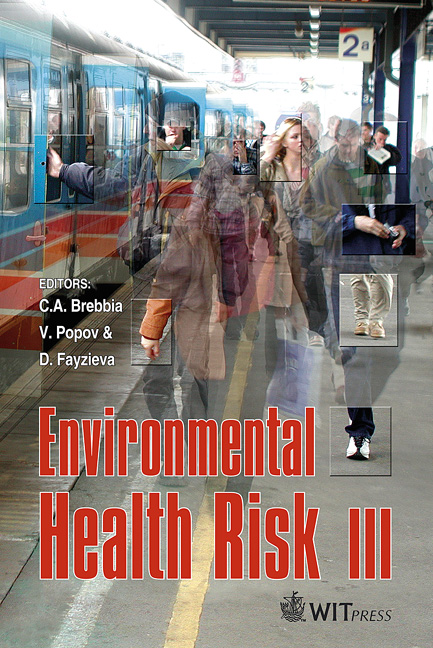The Built Environment In Poor Urban Communities On The Outskirts Of Beirut, Lebanon
Price
Free (open access)
Transaction
Volume
9
Pages
9
Published
2005
Size
303 kb
Paper DOI
10.2495/EHR050411
Copyright
WIT Press
Author(s)
R. R. HabibP, S. H. BasmaP, J. S. YeretzianP & D. AyboutP
Abstract
This research examined the association between the existing built environment in poor urban communities in Lebanon and the presence of illnesses among household members. Data were collected in poor urban communities in the outskirts of Beirut, Lebanon on 2797 households using a face-to-face interview with a household member. A structured questionnaire comprising several sections on the built environment and socio-demographic characteristics was used. Association between the presence of illness among household members and four built environment indices, namely housing conditions, infrastructure and services, crowding, and the availability of durable goods in the household, was determined using odds ratios from binary logistic regression models. Covariates such as education of head of household and total monthly household income were taken into account. Poor housing conditions were significantly associated with the presence of illness among household members in the studied sample. Households indicating six or more problems relating to housing conditions, mainly poor ventilation, infestation with rodents and cockroaches, cracks in ceiling and walls and others, were twice more likely to report the presence of illness among household members when compared to households with one or no problems [OR=2.10; 95 % CI=(1.68, 2.63)]. This line of research contributes to the understanding of the general context of the built environment and its influence on the health of residents in poor urban communities in developing countries. Keywords: built environment, poor housing conditions, outskirts of Beirut.
Keywords
built environment, poor housing conditions, outskirts of Beirut.





